Description
Japanese Maple – 1 Yr Old Seedling
The Osakazuki Japanese Maple (Acer palmatum ‘Osakazuki’) is a stunning cultivar renowned for its exceptional fall color, with bright green summer foliage that transforms into brilliant crimson-red in autumn 🍁🔥. With a graceful, upright form and robust growth, this tree adds seasonal drama to gardens, patios, and landscapes.
Osakazuki Japanese Maple Native Range
Originally native to Japan, Korea, and China, the Osakazuki cultivar has become a prized feature in temperate gardens worldwide.
Growth and Form
- Height: Typically grows 15–25 feet at maturity.
- Spread: Canopy spreads 15–20 feet wide.
- Growth Rate: Moderate, adding 12–24 inches per year.
- Foliage: Broad, deeply lobed green leaves in summer, turning intensely red in fall.
- Bark: Smooth and gray when young, developing subtle texture with age.
Ecological Benefits
- Wildlife Habitat: Offers cover for birds and insects.
- Pollinator Friendly: Small spring flowers attract bees 🐝.
- Soil Enrichment: Fallen leaves add organic matter to the soil.
Osakazuki Japanese Maple Hardiness and Climate Tolerance
- Hardiness Zones: 5–8, suited for temperate climates.
- Cold Tolerance: Can withstand winter temperatures down to -20°F (-28°C).
- Heat Tolerance: Performs best with partial shade in hot climates to prevent leaf scorch.
- Soil Preferences: Prefers moist, well-drained, slightly acidic soil with organic matter.
- Light Needs: Thrives in partial shade to full sun, though partial shade enhances color in warmer regions.
Planting and Care
- Planting Location: Choose a sheltered spot with well-drained soil.
- Watering: Keep soil consistently moist, especially during hot, dry periods.
- Fertilization: Apply a balanced, slow-release fertilizer in spring.
- Pruning: Minimal pruning needed—remove dead or crossing branches in late winter or early spring.
Uses
- Ornamental: A standout specimen tree, perfect for landscapes, patios, or bonsai cultivation.
- Seasonal Interest: One of the best Japanese maples for fall color.
- Privacy & Shade: Its spreading canopy provides dappled shade.
Potential Problems
-
- Pests: May be affected by aphids, scale insects, or spider mites.
- Diseases: Susceptible to verticillium wilt in poorly drained soils.
- Maintenance: Regular watering and occasional pruning keep it in top condition.

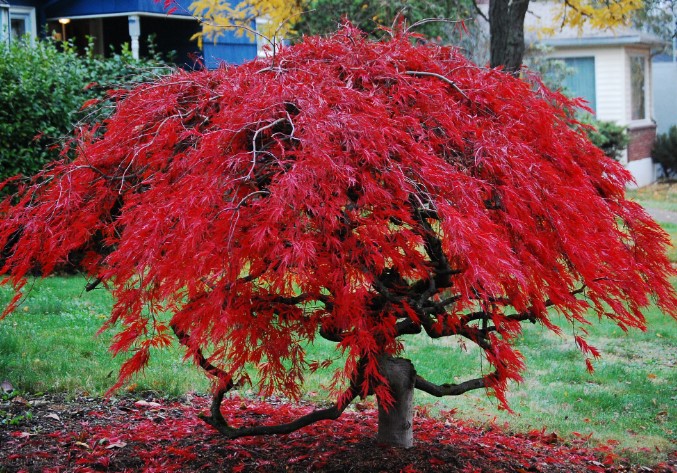
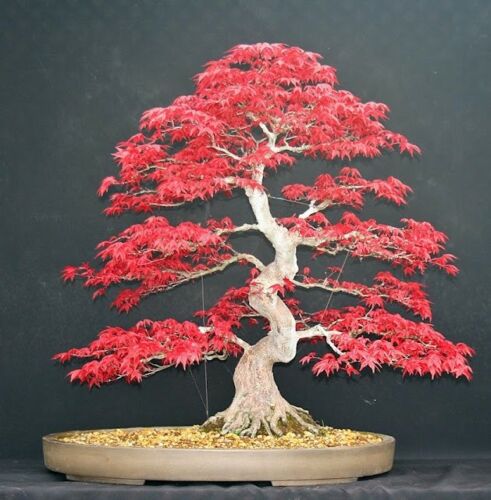
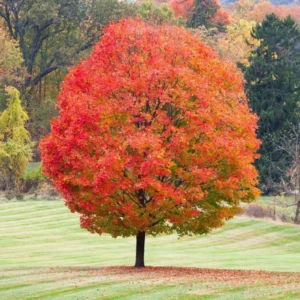

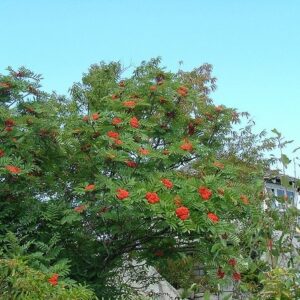
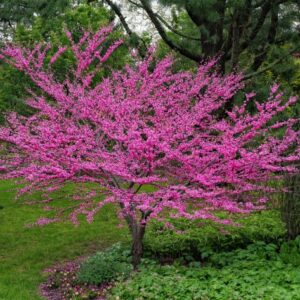
Reviews
There are no reviews yet.